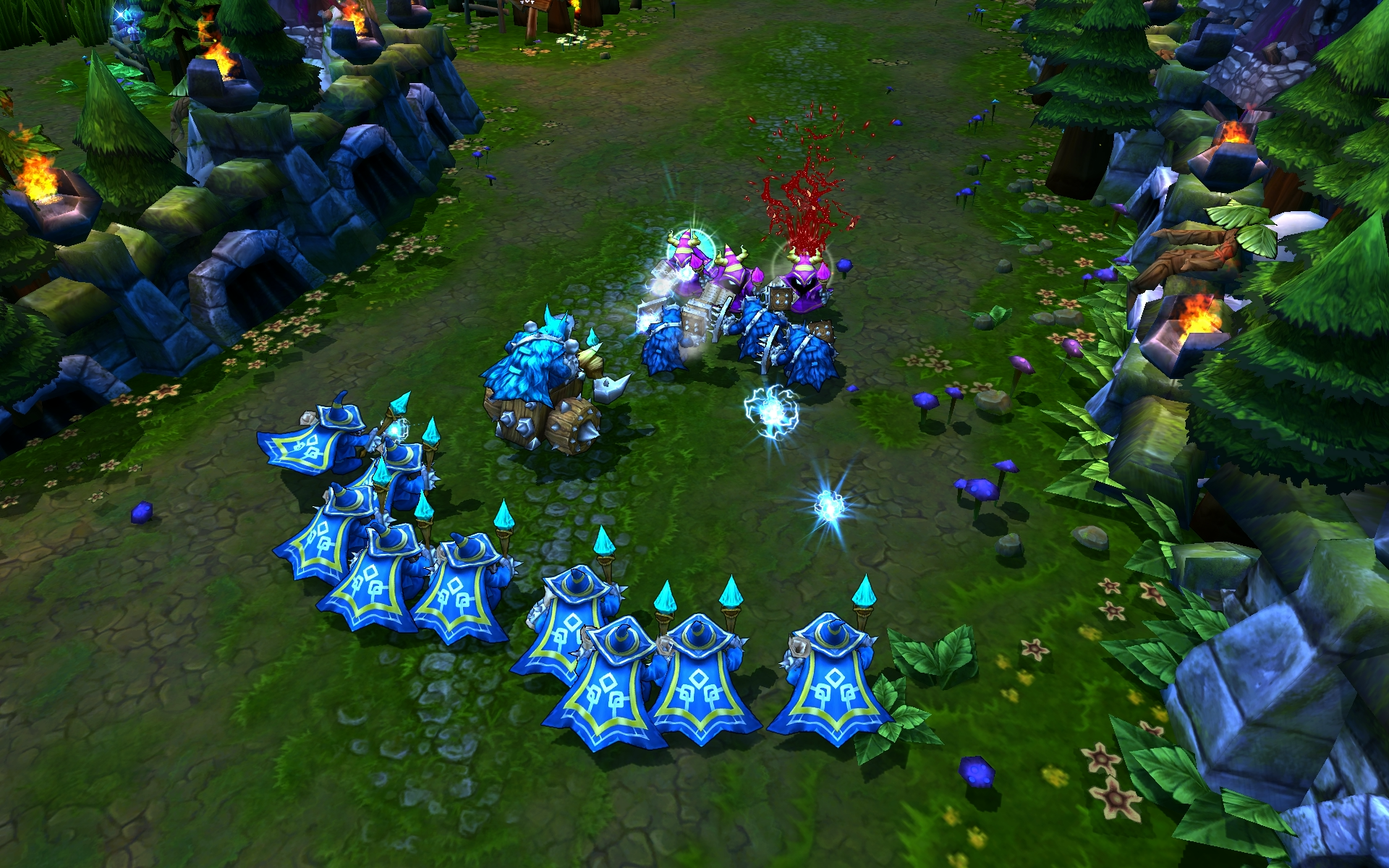League of Legends is a complex and challenging game that requires careful planning and strategy to succeed. One key aspect of the game is the rune system, which allows players to customize their champion’s abilities and stats before each match. Building the perfect rune setup is crucial to maximizing your champion’s strengths and minimizing their weaknesses. In this article, we will discuss the different types of runes available in League of Legends and provide some tips on how to build the perfect rune setup for your champion.
Types of Runes
There are four main types of runes in League of Legends: Marks, Seals, Glyphs, and Quintessences. Each type of rune provides different types of bonuses to your champion’s stats, such as increased attack damage, armor, magic resistance, or ability power. It is important to choose runes that complement your champion’s playstyle and abilities.
Marks are runes that provide offensive bonuses, such as increased attack damage or armor penetration. Marks are often used by champions who deal physical damage, such as marksmen or fighters.
Seals are runes that provide defensive bonuses, such as increased armor or health regeneration. Seals are often used by champions who need extra durability in combat, such as tanks or bruisers.
Glyphs are runes that provide magical bonuses, such as increased ability power or magic resistance. Glyphs are often used by champions who rely on their spells to deal damage, such as mages or assassins.
Quintessences are runes that provide powerful bonuses to your champion’s stats, such as increased health, movement speed, or ability power. Quintessences are often used to enhance your champion’s strengths and give them an advantage in combat.
Building the Perfect Rune Setup
When building your rune setup, it is important to consider your champion’s strengths, weaknesses, and preferred playstyle. Here are some tips on how to build the perfect rune setup for your champion in League of Legends:
1. Identify Your Champion’s Role
The first step in building the perfect rune setup is to identify your champion’s role in the game. Are you playing a tanky top laner, a burst mage in the mid lane, a carry AD carry in the bot lane, or a supportive enchanter in the support role? Knowing your champion’s role will help you determine which types of runes are best suited for them.
For example, if you are playing a tanky top laner like Maokai or Ornn, you may want to focus on defensive runes such as armor or health regeneration to help you survive in team fights. On the other hand, if you are playing a burst mage like LeBlanc or Syndra, you may want to focus on offensive runes such as ability power or magic penetration to help you deal maximum damage to your enemies.
2. Consider Your Champion’s Abilities
It is also important to consider your champion’s abilities when building your rune setup. Some champions may benefit more from certain types of runes than others, depending on their abilities and playstyle.
For example, if you are playing a champion with high cooldowns on their abilities, you may want to consider runes that reduce cooldowns or increase mana regeneration to help you cast your spells more frequently. On the other hand, if you are playing a champion with low cooldowns and high damage output, you may want to focus on runes that increase your damage or ability power to maximize your damage potential.
3. Experiment with Different Builds
Building the perfect rune setup is not an exact science, and it may take some trial and error to find the best combination of runes for your champion. Experiment with different builds and try out different rune combinations to see which ones work best for you.
It is important to note that the rune system in League of Legends is constantly evolving, with new runes and rune paths being added to the game regularly. Keep an eye on patch notes and updates to stay informed about the latest changes to the rune system and how they may affect your champion’s rune setup.
4. Adapt to the Matchup
Another important factor to consider when building your rune setup is the matchup you will be facing in your game. Different champions and team compositions may require different rune setups to be effective.
For example, if you are facing a team with a lot of crowd control or magic damage, you may want to focus on runes that increase your magic resistance or provide crowd control reduction to help you survive in team fights. On the other hand, if you are facing a team with a lot of physical damage or assassins, you may want to focus on runes that increase your armor or health to help you survive their burst damage.
5. Take Advantage of Synergies
Finally, when building your rune setup, it is important to take advantage of synergies between runes and your champion’s abilities. Some runes work well together and can provide powerful bonuses when used in combination.
For example, if you are playing a champion with a lot of crowd control abilities, you may want to pair runes that increase your ability power with runes that provide cooldown reduction to help you cast your spells more frequently. Or if you are playing a champion with high mobility, you may want to pair runes that increase your movement speed with runes that provide bonus damage when moving quickly to help you chase down your enemies.
Conclusion
Building the perfect rune setup in League of Legends is a key aspect of mastering the game and maximizing your champion’s strengths. By identifying your champion’s role, considering their abilities, experimenting with different builds, adapting to the matchup, and taking advantage of synergies between runes, you can build a rune setup that will give you an edge in combat and help you achieve victory on Summoner’s Rift.

